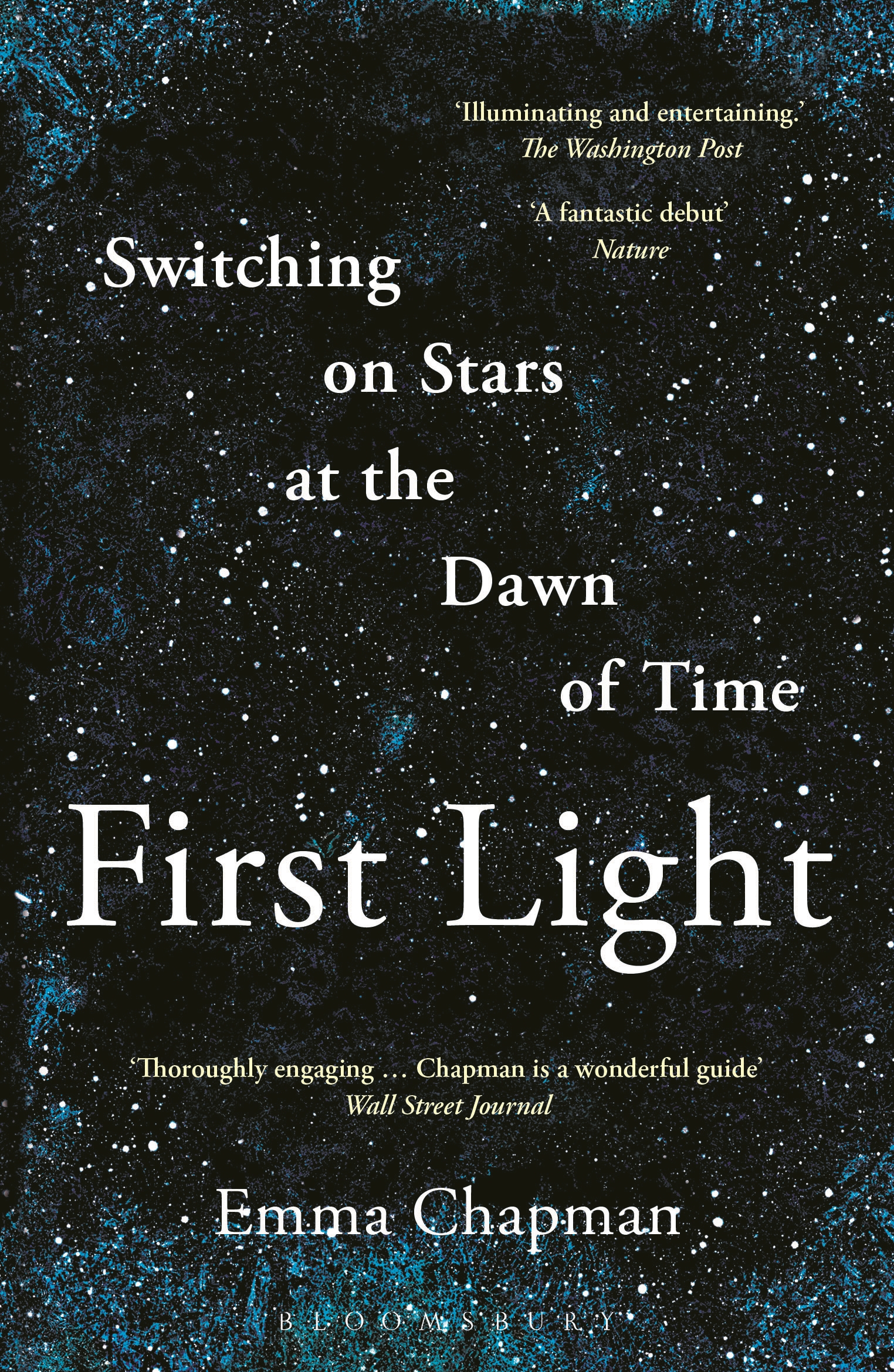A Nottingham astronomer is releasing her first book based on research that tells the story of the first stars and sheds light on the birth of the Universe.
Dr Emma Chapman from the University of Nottingham has written 'First Light – Switching on the Stars at the Dawn of Time' to explain how the chaos of the Big Bang first began to yield to the order of galaxies, black holes and stars, kick-starting the pathway to planets, comets, moons and life itself.
Emma says: "There is the Cosmic Dark Ages after the Big Bang, and we are missing observations and knowledge from the first billion years, about the same amount of time of entire childhood up to first day at school, when comparing the Universe's lifetime to a human lifetime. With this book I am hoping to shed some light on this period and tell the story of the first stars that were hundreds of times the size of the sun and a million times brighter. These stars lived fast and died young in powerful explosions that seeded the Universe with the heavy elements that we are made of."

Based on extensive research the book aims to explain the sizeable gap in our cosmological knowledge between 380,000 years and 1 billion years after the Big Bang. This is the era of first stars, the last great unobserved epoch. As the first stars were born, they heated and ionized the surrounding hydrogen, imprinting a signal on the 21-cm emission, beginning the Epoch of Reionization (EoR). The study of the EoR allows a unique high-redshift playground in which to constrain astrophysics and cosmology in the early universe, and test theories constructed around data from lower redshifts and smaller volumes. So far, though, the EoR signal has remained elusive, buried under signals from other astrophysical sources.
The next step in this research will use super powerful telescopes to enhance detection and Emma is involved in both the Low Frequency Array (LOFAR) in the Netherlands and the forthcoming Square Kilometre Array (SKA) in Australia, a telescope that will eventually consist of a million antennas pointing skywards in the desert.

I have spent over a decade researching this area of astronomy and am really excited to be able to share some of it in this book that I hope will be enlightening and engaging. As well as featuring research already completed the book looks ahead to the next steps in this astrological journey that is already underway using new technology and viewing power. With these new immense telescopes we will be able to see more than ever before and answer even more questions about the birth of the Universe.






